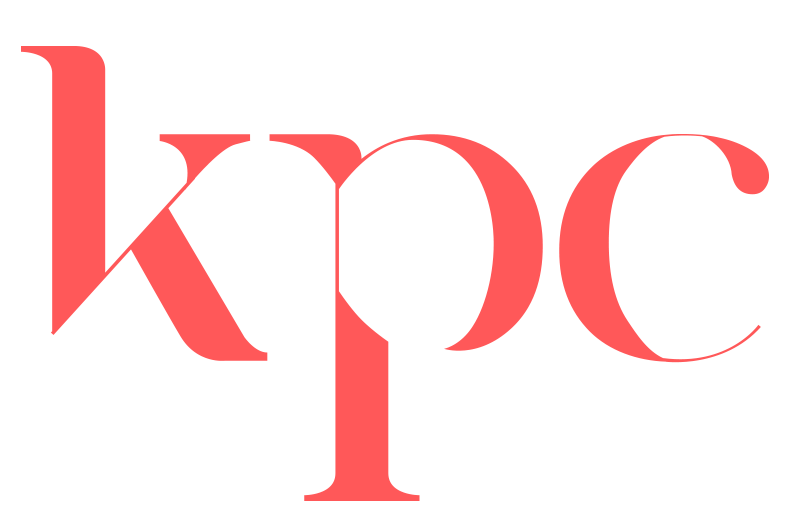Across different industries, executives and upper management are making it a point to promote diversity and inclusion. Organizations are finally realizing that having a diverse working environment encourages workers and drives profit up, with research published on Forbes revealing that inclusive teams make better business decisions up to 87% of the time. That’s because varying backgrounds, views, and opinions allows for better chances of success, as we previously explored in our introduction to diversity and inclusion here on K Parks Consulting.
Unfortunately, the highly competitive nature of digital marketing and the increasing interest in diversity and inclusion also means that for some, these crucial advocacies are mere buzzwords to use in marketing strategies. This trend isn’t going to stop anytime soon either, as Maryville University’s industry outlook for marketers highlights the increasing dependence that brands have on social media strategies and PR campaigns. This has led to a rise in advocacy campaigns online that, although look good on paper, are not parallel to the growth in actual diversity levels in those companies. Here, we will talk about some organizations that take these concepts seriously, and that have taken concrete steps to make them a reality for their employees and stakeholders.
L’Oréal
L’Oréal has been leading the way for multinational companies to embrace diversity. The organization has employee-driven Think Tanks that work on workforce diversity issues, such as the advancement of its female employees and the lack of women in operations and IT functions. Women now hold a whopping 46% of executive roles in the company, with pay equity within 5%.
Operating in five different continents, L’Oréal also has a deep respect for multicultural diversity, and it shows. The organization regularly funds disability awareness workshops in India and provides training for vulnerable communities in Pakistan. L’Oréal has also taken leaps to launch campaigns that promote communication and representation among its employees.
Gap
Gap CEO Art Peck took the fight for inclusivity a step further by signing the Open to All Business Pledge, ensuring the public that everyone and anyone is welcome in their stores. With over 2,300 signatures from industry players like Banana Republic, Old Navy, and Lyft, the pledge sends a strong message to communities, affirming that these businesses will serve everyone on the same terms.
Concrete steps have been taken within Gap as well. One key initiative is ASCEND, a program created solely for the purpose of developing a diverse workforce through helping minority leaders with special mentorship and training.
Accenture
Present in over 120 countries, Accenture’s core philosophy includes promoting diversity to inspire innovation and creativity. In fact, it was one of the first companies in tech to publicly release its workforce demographics, holding the organization and its leaders accountable to the public who can track their progress towards inclusivity.
Since then, the organization has not failed to deliver on its promise of diversity. Julie Sweet, Accenture CEO for North America, reports that with 459,000 employees worldwide, 42% of the Accenture workforce is comprised of women — a commendable feat for an organization in STEM. Accenture also promotes ethnic diversity through resource groups tasked with supporting minorities.
Johnson & Johnson
Johnson & Johnson has taken a different approach to solve the problem of unfair hiring with the aid of technology, which helps eliminate gender bias in job descriptions. Additionally, the company regularly trains its interviewers and human resource personnel to identify and combat bias during interviews.
Moreover, CEO Alex Gorsky frequently expresses his support and leads in-house programs such as the Women’s Leadership Initiative and their Sponsorship Program for Diverse Talent.
AT&T
One of the biggest full-time union employers in the United States, AT&T has made it part of their corporate policies to give their employees the freedom to push for change. They boast high wages for thousands of their workers, almost half of which are people of color.
Although it has a little way to go in terms of gender equality — as only about one-third of its workforce are women — the management still makes it a point to have employee resource groups that serve not only the workers, but their communities.
With more and more businesses recognizing the positive impact of embracing diversity and inclusion, companies should be treating this movement as more than a trend or a few buzzwords to take advantage of. Taking concrete steps to advocate for real change can go a long way for both the company and its employees, as workers’ overall satisfaction can ultimately drive up productivity and profitability.
By: Harriet Jocasta

